
漢德百科全書 | 汉德百科全书
 Greece
Greece
 Denmark
Denmark
 Germany
Germany
 Germany
Germany
 Germany
Germany
 France
France
 France
France
 UEFA European Championship 2016
UEFA European Championship 2016
 UEFA European Championship 2020
UEFA European Championship 2020

 UEFA European Championship 2024
UEFA European Championship 2024
 Greece
Greece
 Italy
Italy
 Netherlands
Netherlands
 Portugal
Portugal
 Russia
Russia
 Slovakia
Slovakia
 Spain
Spain
 Spain
Spain
 Spain
Spain

 Sport
Sport
 (F)European football championship
(F)European football championship
 Czech Republic
Czech Republic
 Union of European Football Associations
Union of European Football Associations

Der Henri-Delaunay-Pokal (französisch Coupe Henri Delaunay) ist die Gewinntrophäe der Fußball-Europameisterschaft, die seit 1960 verliehen wird.
Der versilberte EM-Pokal wurde 1960 in Paris von Pierre Delaunay entworfen und vom Goldschmied Adrien Chobillon angefertigt,[1] der seinerseits für den französischen Pokal verantwortlich zeichnete. Er ist etwa zehn Kilogramm schwer und hat eine Höhe von 42,5 Zentimetern. Benannt wurde er nach dem Franzosen Henri Delaunay, dem ersten UEFA-Generalsekretär und „geistigem Vater“ der Fußball-Europameisterschaft.
Die EM-Trophäe bleibt als Wanderpokal in ständigem Eigentum der UEFA. Sollte eine Mannschaft dreimal in Folge oder fünfmal insgesamt Europameister werden, erhält der entsprechende Verband eine originalgetreue Nachbildung der Trophäe vom europäischen Fußballverband.


Der Parthenon (griechisch παρθενών „Jungfrauengemach“) ist der Tempel für die Stadtgöttin Pallas Athena Parthenos auf der Athener Akropolis.
Er wurde zum Dank für die Rettung der Athener und Griechen durch die Göttin nach dem letzten Perserkrieg als dorischer Peripteros erbaut. Im Laufe der Geschichte Griechenlands diente das Gebäude unter anderem auch als Schatzkammer des Attischen Seebunds. Der Parthenon ist eines der berühmtesten noch existierenden Baudenkmäler des antiken Griechenlands und eines der bekanntesten Gebäude weltweit. Das Gebäude beherrscht als zentraler Bau seit fast 2.500 Jahren die Athener Akropolis.
Der Parthenon ersetzte einen älteren Tempel der Athena, den sogenannten Vorparthenon, der während der persischen Eroberung Athens im Jahr 480 v. Chr. zerstört worden war. Im 6. Jahrhundert wurde der Tempel in eine Kirche umgewandelt, die der Jungfrau Maria geweiht war. Unter den Osmanen zur Moschee umgestaltet, beherbergte der Parthenon im Krieg gegen Venedig ein Munitionslager. 1687 wurde dieses von einer Kugel getroffen, wodurch es explodierte und den Tempel stark beschädigte. Umfangreiche Teile seiner Baudekoration wurden 1801 von Lord Elgin entfernt und nach London gebracht. Der Streit über die Rückgabe dieser sogenannten Elgin Marbles hält bis heute an.
帕提农神庙(古希腊文:Παρθενών),是古希腊雅典娜女神的神庙,兴建于公元前5世纪的雅典卫城。它是现存至今最重要的古典希腊时代建筑物,一般被认为是多立克柱式发展的顶端;雕像装饰是古希腊艺术的顶点,此外还被尊为古希腊与雅典民主制度的象征,是举世闻名的文化遗产之一。近两个世纪以来,希腊持续进行对该神庙的修复与重建工作。[3]
现存的帕提农神庙是兴建来取代另一座旧帕提农神庙的(公元前480年为波斯人入侵所毁坏),就像大部分的希腊神庙,帕提农也用做金库的用途,有一阵子是提洛同盟(后来演变成雅典帝国)的金库,公元6世纪,帕提农被改用作纪念处女的天主教教堂(原来供奉的雅典娜也是处女)。在1460年代早期,被奥斯曼土耳其人征服后,它又被用作清真寺。1687年9月28日神庙被土耳其军当火药库,堆积的火药不幸被威尼斯军队炮击中,引发的爆炸严重损毁了庙体还有雕刻。1806年,英国的汤玛斯·布鲁斯,第七代额尔金伯爵在奥斯曼帝国的同意下,把部份保存下来的雕像移走,这些雕像也就是现在一般所知在1816年卖给伦敦大英博物馆的帕提农大理石,现在还展示在那里。希腊政府要求归还大理石的运动多年一直没有成功。
帕提农神庙是古希腊文明的重要史迹之一,对于研究古希腊的历史、建筑、雕塑、宗教等都具有极其重要的价值。
パルテノン神殿(パルテノンしんでん、希: Παρθενών, ローマ字: Parthenon)は、古代ギリシア時代にアテナイのアクロポリスの上に建設された、アテナイの守護神であるギリシア神話の女神アテーナーを祀る神殿(en)。紀元前447年に建設が始まり、紀元前438年に完工、装飾等は紀元前431年まで行われた。パルテノン神殿はギリシア古代(en)建築を現代に伝える最も重要な、ドーリア式建造物の最高峰と見なされる。装飾彫刻もギリシア美術の傑作である。この神殿は古代ギリシアそして民主政アテナイ(en)の象徴であり、世界的な文化遺産として世界遺産に認定されている。
神殿は完全な新築ではなく、この地には古パルテノン(en)と呼ばれるアテーナーの神殿があったが、紀元前480年のペルシア戦争にて破壊された後に再建され、当時あった多くの神殿と同様にデロス同盟、そして後のアテナイ帝国の国庫として使われた。6世紀にはパルテノン神殿はキリスト教に取り込まれ、生神女マリヤ聖堂となった。オスマン帝国の占領(en)後の1460年代初頭にはモスクへと変えられ、神殿内にはミナレットが設けられた。1687年9月26日、オスマン帝国によって火薬庫として使われていた神殿はヴェネツィア共和国の攻撃によって爆発炎上し、神殿建築や彫刻などはひどい損傷を受けた。1806年、オスマン帝国の了承を得たエルギン伯(en)は、神殿から焼け残った彫刻類を取り外して持ち去った。これらは1816年にロンドンの大英博物館に売却され、現在でもエルギン・マーブルまたはパルテノン・マーブルの名で展示されている。ギリシア政府はこれら彫刻の返却を求めているが、実現には至っていない[1]。ギリシア文化・観光庁(en)は、パルテノン神殿の部分的な破壊の修復や保全など、後世に伝えるための再建計画を実行している。
パルテノン神殿のある丘の下の方は、世界ラリー選手権(WRC)の一戦、アクロポリス・ラリーのスタート地点としても有名である。
The Parthenon (/ˈpɑːrθəˌnɒn, -nən/; Ancient Greek: Παρθενών; Greek: Παρθενώνας, Parthenónas) is a former temple[4][5] on the Athenian Acropolis, Greece, dedicated to the goddess Athena, whom the people of Athens considered their patron. Construction began in 447 BC when the Athenian Empire was at the peak of its power. It was completed in 438 BC, although decoration of the building continued until 432 BC. It is the most important surviving building of Classical Greece, generally considered the zenith of the Doric order. Its decorative sculptures are considered some of the high points of Greek art. The Parthenon is regarded as an enduring symbol of Ancient Greece, Athenian democracy and Western civilization,[6] and one of the world's greatest cultural monuments. To the Athenians who built it, the Parthenon and other Periclean monuments of the Acropolis were seen fundamentally as a celebration of Hellenic victory over the Persian invaders and as a thanksgiving to the gods for that victory.[7] As of 2007 the Greek Ministry of Culture was carrying out a programme of selective restoration and reconstruction to ensure the stability of the partially ruined structure.[8]
The Parthenon itself replaced an older temple of Athena, which historians call the Pre-Parthenon or Older Parthenon, that was destroyed in the Persian invasion of 480 BC. The temple is archaeoastronomically aligned to the Hyades.[9] Like most Greek temples, the Parthenon served a practical purpose as the city treasury.[10][11] For a time, it served as the treasury of the Delian League, which later became the Athenian Empire. In the final decade of the sixth century AD, the Parthenon was converted into a Christian church dedicated to the Virgin Mary.
After the Ottoman conquest, it was turned into a mosque in the early 1460s. On 26 September 1687, an Ottoman ammunition dump inside the building was ignited by Venetian bombardment. The resulting explosion severely damaged the Parthenon and its sculptures. From 1800 to 1803,[12] Thomas Bruce, 7th Earl of Elgin removed some of the surviving sculptures with the alleged permission of the Ottoman Empire.[citation needed] These sculptures, now known as the Elgin Marbles or the Parthenon Marbles, were sold in 1816 to the British Museum in London, where they are now displayed. Since 1983 (on the initiative of Culture Minister Melina Mercouri), the Greek government has been committed to the return of the sculptures to Greece.[13]
Le Parthénon — grec ancien : Ὁ Παρθενών / Parthenṓn (à l'origine génitif pluriel de παρθένος, nom féminin, « jeune fille, vierge »), littéralement « la “salle” ou la “demeure” des vierges1 », — est un ancien temple,2,3 situé sur l'Acropole d'Athènes, dédié à la déesse Athéna, que les Athéniens considéraient comme la patronne de leur cité.
Réalisé entièrement en marbre pentélique, le Parthénon est à la fois un temple et un trésor, au sens antique du terme4. Le naos du Parthénon fut conçu pour abriter la statue chryséléphantine de la déesse Athéna Parthénos, œuvre monumentale de Phidias, à laquelle les Athéniens présentaient leurs offrandes. Si le culte rendu à la déesse avait habituellement lieu dans l'ancien temple d'Athéna de l'Acropole, qui abritait un xoanon représentant Athéna Polias, le Parthénon fut spécialement consacré à la déesse Athéna Parthénos5, protectrice de la cité et déesse de la guerre et de la sagesse. Mais, concrètement, le Parthénon devait aussi protéger le trésor de la cité. Ce dépôt, composé essentiellement de métaux précieux, était conservé dans l'adyton du temple, regroupant en un même lieu, les fonds de la ville d'Athènes et de la ligue de Délos6. Les 1 150 kilos d’or de la statue d'Athéna pouvaient accessoirement être fondus en cas de nécessité.
Symbole architectural de la suprématie athénienne à l'époque classique, le Parthénon est probablement le temple qui a le plus inspiré les architectes néo-classiques. Il a servi de modèle dans de nombreux pays occidentauxN 1. Ainsi, dans le courant du XIXe siècle, de nombreuses nations occidentales s'en inspirèrent pour héberger leurs institutions politiques — parlements, assemblées ou palais de justice — mais aussi leurs institutions culturelles — bibliothèques, universités ou musées — ou encore leurs institutions financières, comme les sièges de banques ou les bourses.
Il Partenone (in greco antico Παρθενών Parthenṓn /partʰe'nɔ:n/, in greco moderno Παρθενώνας Parthenṓnas /parθe'nɔnas/) è un tempio greco, octastilo, periptero[1] di ordine dorico che sorge sull'acropoli di Atene, dedicato alla dea Atena.
È il più famoso reperto dell'antica Grecia[2]; è stato lodato come la migliore realizzazione dell'architettura greca classica e le sue decorazioni sono considerate alcuni dei più grandi elementi dell'arte greca. Il Partenone è un simbolo duraturo dell'antica Grecia e della democrazia ateniese ed è universalmente considerato uno dei più grandi monumenti culturali del mondo.
El Partenón (literalmente «la residencia de las jóvenes»,1 es decir, aquí «la residencia de Atenea Partenos») es uno de los principales templos dóricos que se conservan. Fue construido entre los años 447 a. C. y 432 a. C. en la Acrópolis de Atenas. Sus dimensiones aproximadas son: 69,5 metros de largo, por 30,9 de ancho; las columnas tienen 10,4 metros de altura. Está dedicado a la diosa griega Atenea, a la que los atenienses consideraban su protectora.
Парфено́н (др.-греч. Παρθενών — дева; чистый) — памятник античной архитектуры, древнегреческий храм, расположенный на афинском Акрополе, главный храм в древних Афинах, посвящённый покровительнице этого города и всей Аттики, богине Афине-Девственнице (Ἀθηνᾶ Παρθένος). Построен в 447—438 годах до н. э. архитектором Калликратом по проекту Иктина и украшен в 438—431 годах до н. э. под руководством Фидия при правлении Перикла. В настоящее время находится в полуразрушенном состоянии, ведутся восстановительные работы.
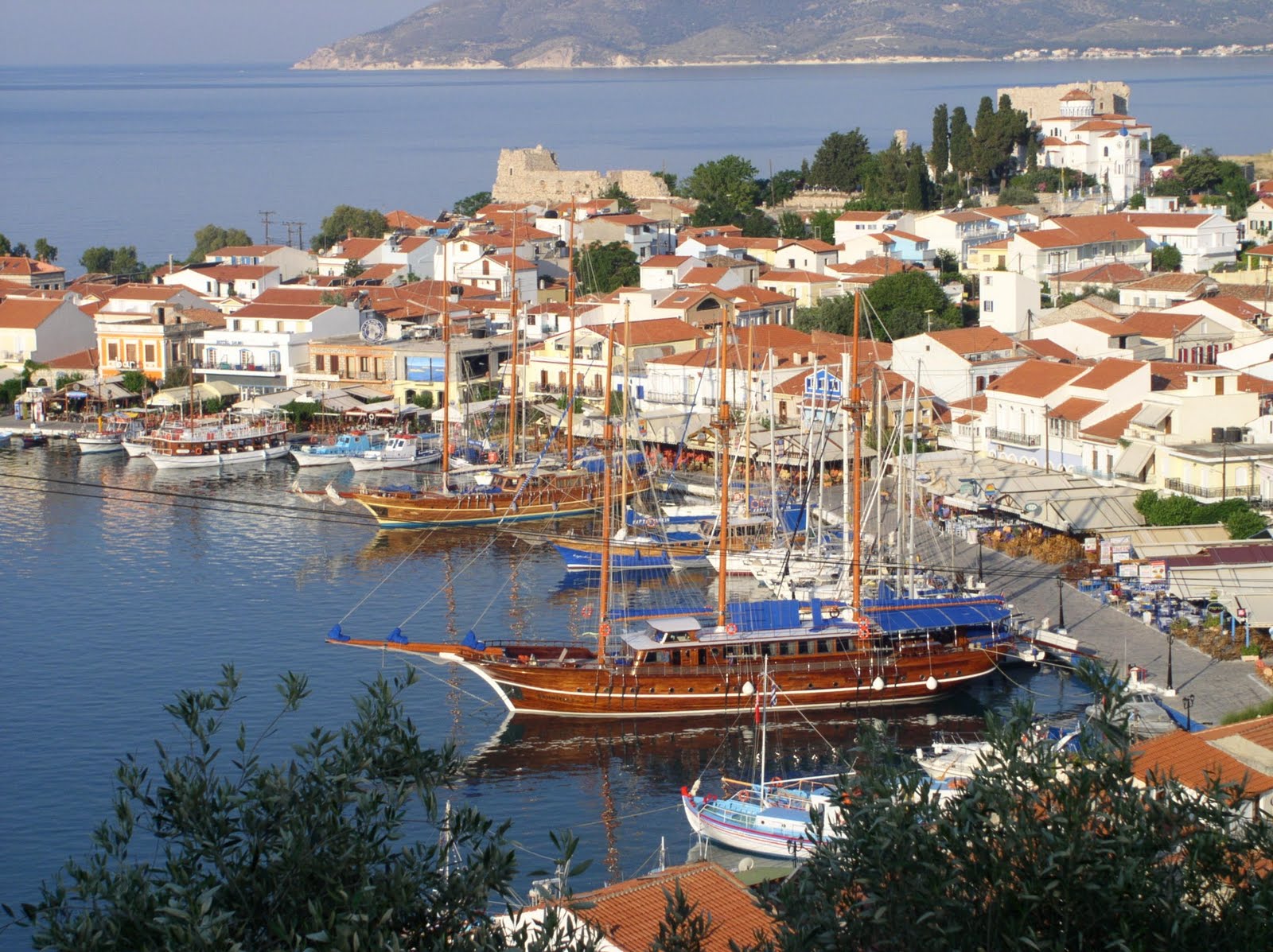
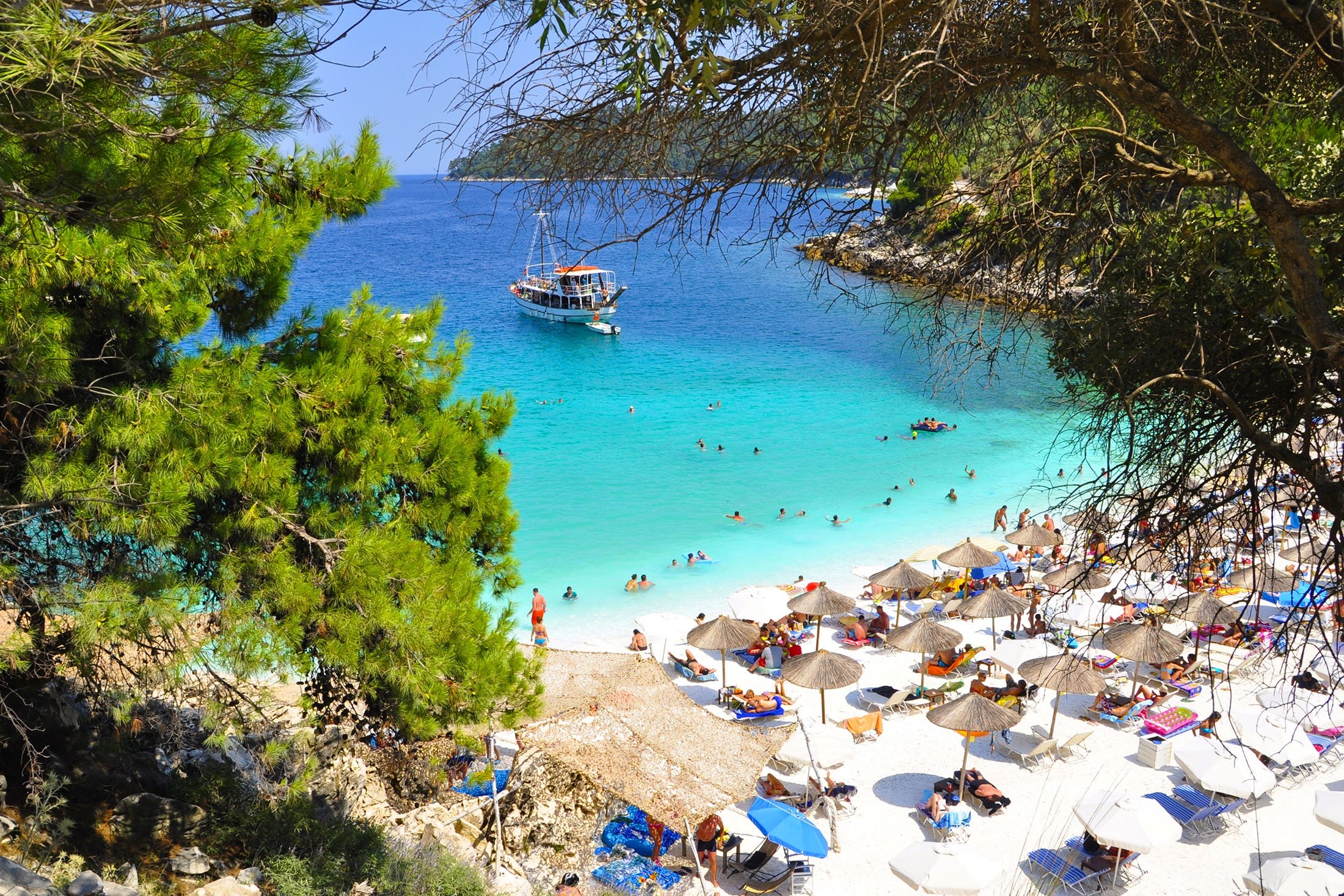
Thasos (griechisch Θάσος [ˈθasɔs] (f. sg.), auch Thassos, türkisch Taşoz) ist eine Insel im Nordosten Griechenlands im Thrakischen Meer der nördlichen Ägäis, über 7 Kilometer (4 Seemeilen) von der ostmakedonischen Küste und etwa 11 Kilometer (6 Seemeilen) vom nächsten Hafen Keramoti entfernt. Sie ist die nördlichste bewohnte ägäische Insel. Die unbewohnte Insel Thasopoula liegt zwischen Limenas und Keramoti, etwa 2,5 Kilometer (1,4 Seemeilen) vom Festland entfernt.
Die Gemeinde Thasos ist als Dimos Thasou eine der 22 Gemeinden der Region Ostmakedonien und Thrakien, dazu zählen außer der Hauptinsel mehrere kleinere Inseln, wovon nur die an der Ostküste von Thasos liegende Insel Kinyra (Κοίνυρα) bewohnt ist. Gleichzeitig bildet sie in der Region den Regionalbezirk Thasos, der in den Regionalrat einen Abgeordneten entsendet. Hauptort und größter Hafen der Insel ist der Küstenort Limenas Thasou (auch einfach Limenas oder Thasos genannt) im Norden der Insel.
萨索斯岛[1](希腊语:Θάσος)是希腊东马其顿和色雷斯大区萨索斯专区的岛屿,面积378.8km²,是希腊第十二大岛屿。


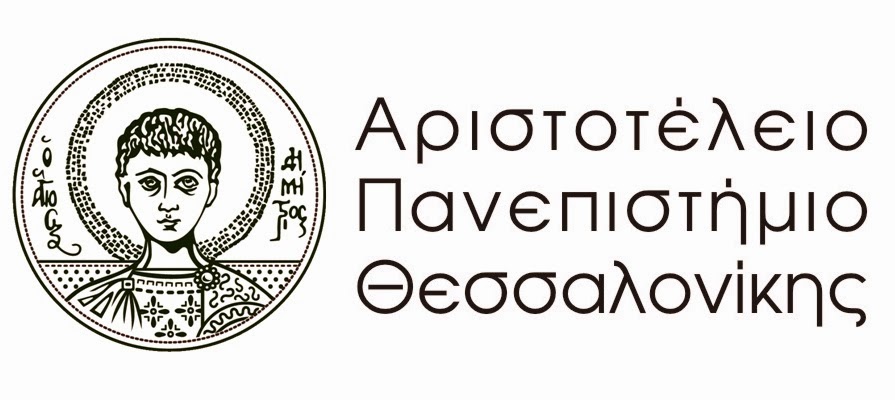
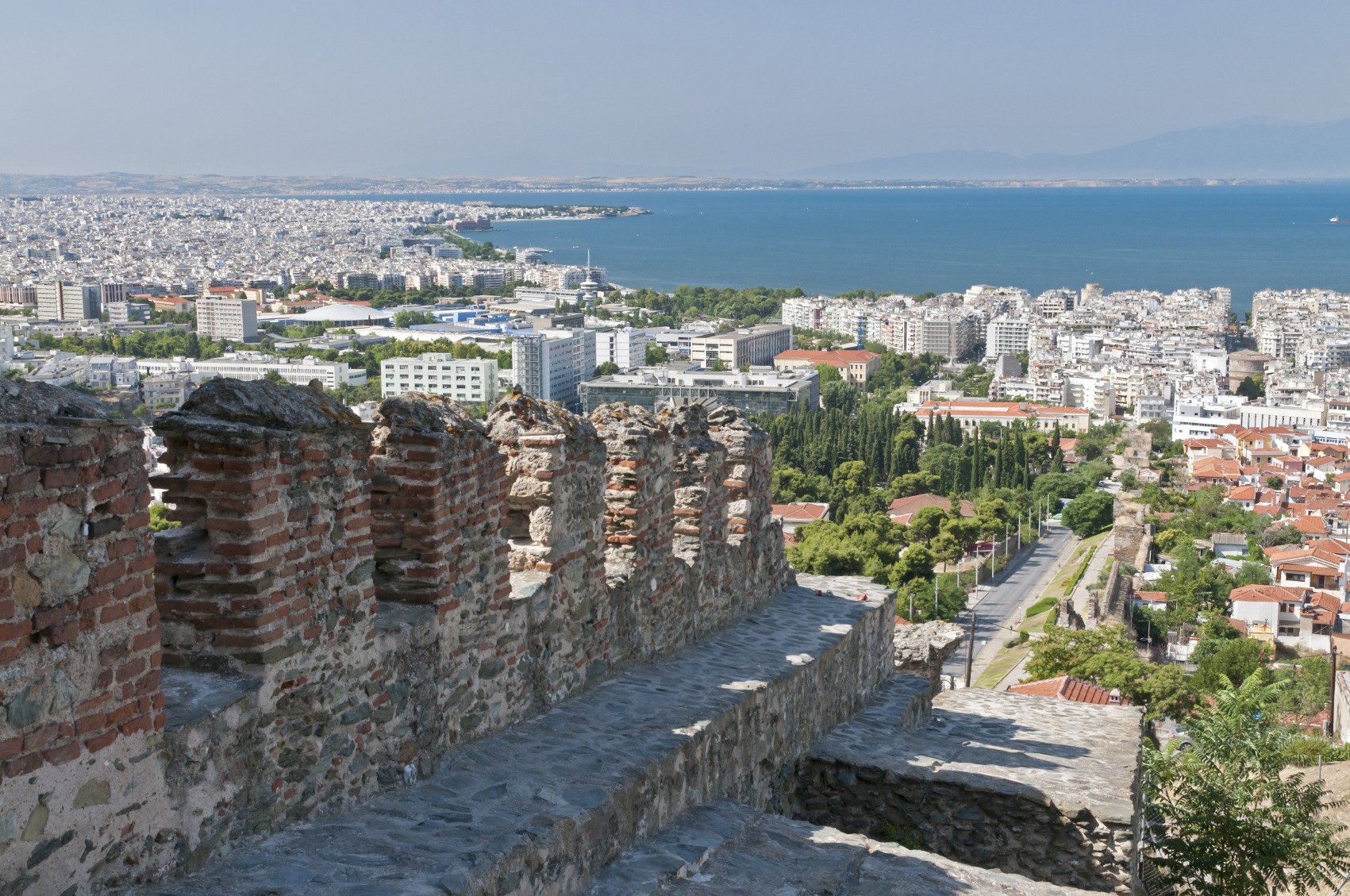

 Andorra
Andorra
 Belgium
Belgium
 Bulgaria
Bulgaria
 Denmark
Denmark
 Germany
Germany
 Estonia
Estonia
 Finland
Finland
 France
France
 Gibraltar
Gibraltar
 Greece
Greece

 Hand in Hand
Hand in Hand
 Ireland
Ireland
 Iceland
Iceland
 Italy
Italy
 Croatia
Croatia
 Latvia
Latvia
 Liechtenstein
Liechtenstein
 Lithuania
Lithuania
 Luxembourg
Luxembourg
 Malta
Malta
 Monaco
Monaco
 Netherlands
Netherlands
 Northern Ireland
Northern Ireland
 Norwegen
Norwegen
 Austria
Austria
 Poland
Poland
 Portugal
Portugal
 Romania
Romania
 San Marino
San Marino
 Sweden
Sweden
 Switzerland
Switzerland
 Slovakia
Slovakia
 Slovenia
Slovenia
 Spain
Spain
 Czech Republic
Czech Republic
 Hungary
Hungary
 Vatican city
Vatican city
 United Kingdom
United Kingdom
 Cyprus
Cyprus

Die Schengener Abkommen sind internationale Übereinkommen, insbesondere zur Abschaffung der stationären Grenzkontrollen an den Binnengrenzen der teilnehmenden Staaten. Dies sind im Kern die Mitglieder der Europäischen Union, jedoch ohne Irland, Rumänien, Bulgarien und Zypern. Durch Zusatzabkommen mit der Europäischen Union wurde der Anwendungsbereich auf Island, Liechtenstein, Norwegen und die Schweiz ausgedehnt. Der Gültigkeitsbereich des Abkommens wird gemeinhin als Schengen-Raum bezeichnet.
Das erste dieser Abkommen vom 14. Juni 1985 sollte vor allem die Schaffung eines europäischen Binnenmarktes vorantreiben und wurde nach dem Unterzeichnungsort benannt, der Gemeinde Schengen im Großherzogtum Luxemburg. Die mehrfach modifizierten Regelungen (Schengen I bis III) konstituieren den Schengen-Besitzstand, einen wesentlichen Pfeiler des „Raumes der Freiheit, der Sicherheit und des Rechts“[1] der Europäischen Union. Bedeutung und Verdienste des Schengener Abkommens werden im Europäischen Museum Schengen dokumentiert.
Das unkontrollierte Passieren der Binnengrenzen als Prinzip der Schengener Abkommen wurde im Zuge der Flüchtlingskrise in Europa ab 2015 zeitweise von mehreren europäischen Ländern außer Kraft gesetzt, nachdem einzelne Mitgliedstaaten die Sicherung der Außengrenzen der Europäischen Union gefährdet sahen.
Von März bis Juni 2020 waren wegen der COVID-19-Pandemie zahlreiche Grenzen zwischen Mitgliedstaaten geschlossen.[2][3] Im Februar 2021 kam es wegen der Pandemie erneut zu Grenzschließungen.
《申根协议》(德语:Schengener Abkommen;法语:Convention de Schengen;荷兰语:Verdrag van Schengen),是一项欧洲大陆国家间的条约协定,其签约目的是取消相互之间的边境检查点,并协调对申根区之外的边境控制。即在成员国相互之间取消边境管制,持有任一成员国有效身份证或申根签证的人可以在所有成员国境内自由流动。根据该协定,旅游者如果持有其中一国的旅游签证即可合法地到所有其他申根国家。
《申根协议》的成员国亦称“申根国家”或者“申根协议国”,成员国的整体又称“申根区”。申根区目前包含26个国家,其中有22个属于欧盟成员。四个非欧盟成员国中,冰岛和挪威以北欧护照联盟成员国的身份加入申根区,官方分类属于与欧盟申根区活动相关的国家。不属于欧洲大陆的爱尔兰没有加入。
 Architecture
Architecture
 History
History
 International cities
International cities
 World Heritage
World Heritage
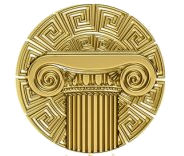 Civilization
Civilization
 Geography
Geography
 Art
Art
 Transport and traffic
Transport and traffic
 CESAER
CESAER
 Colleges and Universities in Europe
Colleges and Universities in Europe
 Important port
Important port
 European Union
European Union